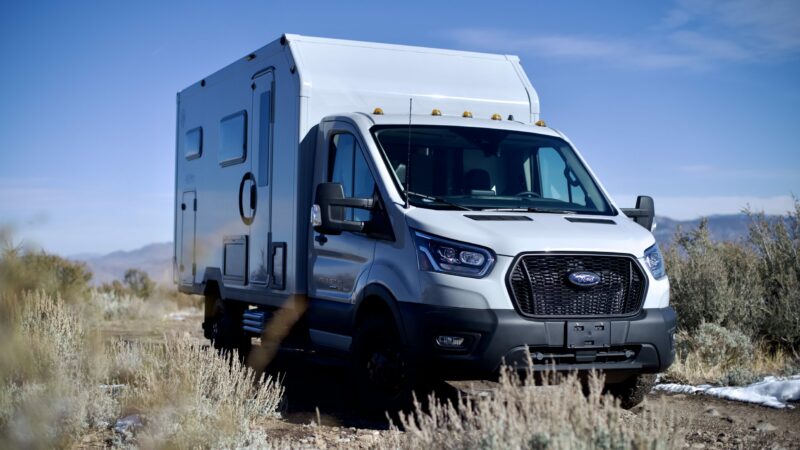Solid Economy, Cautious Consumers Pose Challenges in ’25 – RVBusiness – Breaking RV Industry News

Despite slowing inflation and a healthier overall economy, the outdoor retail market continues to face challenges, according to a release from the Outdoor Industry Association (OIA). From shifting consumer behavior to cautious spending habits, there remains significant growth opportunities for outdoor industry businesses as we head into the new year. Read on to get a high-level overview of the trends driving the outdoor economy, as detailed in our recent State of the Outdoor Market Report Winter 2024.
GDP is up, But Outdoor Retail Sales Remain Low
The U.S. economy is showing signs of growth, with GDP increasing by 2.8% in Q3, low unemployment at 4.2%, and wages steadily rising. Inflation is under control at 2.6%, and consumer sentiment remains high. Yet, despite these positive economic indicators, the outdoor retail market has seen a 5% dip in sales for the July-September period, totaling $6.2 billion.
Shifting Consumer Behavior: From Big-Ticket Items to Casual Gear
One notable trend is a shift from high-ticket outdoor gear—such as kayaks and camping equipment—to more casual and affordable products. Consumers are prioritizing items like road running shoes, casual apparel, and insulated cups. These products cater to the growing number of casual outdoor participants who enjoy activities like hiking, biking, or park visits, but don’t require specialized gear.
Holiday Shopping Outlook: Small Retailers Shine
The holiday shopping season presents a potential bright spot for the outdoor market. Interestingly, many outdoor consumers are turning to small retailers this season. Over half plan to shop at smaller stores, seeking personalized service and expertise. For independent outdoor brands, this trend presents a valuable opportunity.
Challenges in Outdoor Retail Sales
Despite the positive outlook for the holidays, outdoor product sales in September 2024 were down across the board. The decline affected every major sales channel, including large retailers like Dick’s Sporting Goods and REI, as well as online sales. Categories such as hiking boots, trail running shoes, and outerwear saw sharp decreases in both units sold and revenue.
Looking Ahead: What’s Next for Outdoor Brands?
While the broader economy remains strong, outdoor retailers face an uphill battle in 2024. The shift toward casual outdoor gear, combined with a more cautious consumer mindset, suggests that sales may remain flat or even dip. For brands to succeed, they’ll need to focus on more affordable products, adapt to the growing number of casual participants, and leverage the trend toward small-business shopping during the holidays.
Conclusion: A Market in Transition
The outdoor retail market is experiencing a shift, with consumers increasingly opting for casual outdoor gear rather than expensive, specialized equipment. The economic landscape remains positive overall, but inflation and changing consumer behavior are driving a more cautious approach to spending. Outdoor brands that understand and adapt to these trends—by offering more affordable, casual products and tapping into the holiday shopping momentum—will be better positioned to thrive in 2024 and beyond.
Source: https://rvbusiness.com/26-2/?utm_source=rss&utm_medium=rss&utm_campaign=26-2







